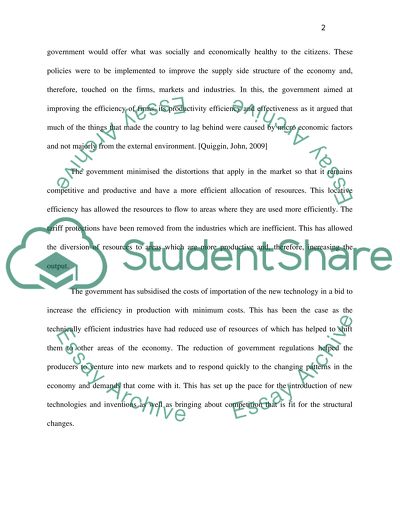Cite this document
(“ECONOMICS FOR BUSINESS Coursework Example | Topics and Well Written Essays - 2500 words”, n.d.)
Retrieved de https://studentshare.org/macro-microeconomics/1392365-economics-for-business
Retrieved de https://studentshare.org/macro-microeconomics/1392365-economics-for-business
(ECONOMICS FOR BUSINESS Coursework Example | Topics and Well Written Essays - 2500 Words)
https://studentshare.org/macro-microeconomics/1392365-economics-for-business.
https://studentshare.org/macro-microeconomics/1392365-economics-for-business.
“ECONOMICS FOR BUSINESS Coursework Example | Topics and Well Written Essays - 2500 Words”, n.d. https://studentshare.org/macro-microeconomics/1392365-economics-for-business.


